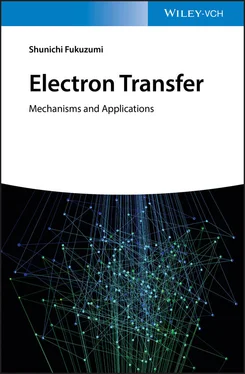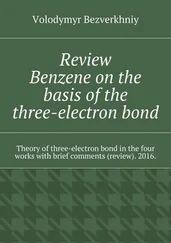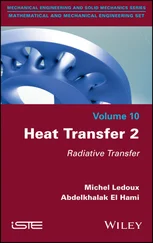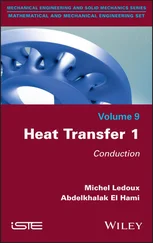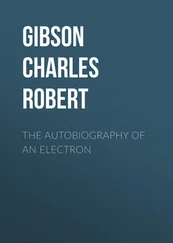Electron transfer is the most fundamental chemical reaction in which only electron is removed or attached. However, it is quite important to recognize the fundamental difference of electron‐transfer reactions from other chemical reactions in which chemical bonds are cleaved and formed during the reactions. Because electron transfer occurs based on the Franck–Condon principle, nuclear configurations remain the same before and after the electron transfer [6]. In contrast, nuclear configurations are changed significantly in chemical reactions associated with the cleavage and formation of chemical bonds. The fastest electron transfer is achieved with no activation energy when the nuclear configurations are the same before and after the electron transfer with a large driving force of electron transfer. When the driving force of electron transfer is further increased, the nuclear configurations are not the same any more before and after the electron transfer. In such a case, activation energy is again required to change the nuclear configurations before the electron transfer to be the same as that after the electron transfer. This means that the rate of electron transfer is slowed down with increase in the driving force of electron transfer. This region is called the Marcus inverted region, which is discussed in detail later [6]. The importance of the Marcus inverted region is well recognized in the function of the photosynthetic reaction center (vide infra) [7–9].
The photoinduced electron‐transfer processes occur in a membrane‐bound protein in the photosynthetic reaction center, which contains a number of cofactors, including four bacteriochlorophylls (BChl) as shown in Figure 1.1 [10]. The central part is referred to as the special pair [(BChl) 2], while the other two bacteriochlorophylls (BChl) are referred to as “accessory” bacteriochlorophylls. There are also two bacteriopheophytins (BPhe), two ubiquinones (Q Aand Q B), and a non‐heme iron atom (not shown in Figure 1.1), which together with the special pair are organized in pseudo‐C2 symmetry forming two branches (A and B). Light‐initiated charge separation occurs between the special pair [(BChl) 2] and the neighboring pigments, leading to a radical cation [(BChl) 2 ·+]. Despite the quasi‐symmetrical arrangement of the cofactors, the electrons are transported unidirectionally along the A‐branch of the reaction center [11–13], which suggests that the symmetry‐breaking specific interactions with the protein are fundamentally important. Light‐initiated charge separation occurs between the special pair [(BChl) 2] and the neighboring pigment (BPhe), leading to the radical cation [(BChl) 2 ·+] and the radical anion (BPhe ·−). Without Q A, back electron transfer from BPhe ·−to (BChl) 2 ·+occurs with the lifetime of 10 ns to regenerate (BChl) 2and BPhe ·−. In such a case there is no way for the energy conversion to occur when the photon energy is only converted to heat. In the presence of Q A, electron transfer from BPhe ·−to Q Aoccurs at a much faster rate than the back electron transfer from BPhe ·−to (BChl) 2 ·+despite the smaller driving force of the electron transfer than that of the back electron transfer. This has been made possible because of the Marcus inverted region. The subsequent electron transfer from Q A ·−to Q Balso occurs at a much faster rate than the back electron transfer from Q A ·−to (BChl) 2 ·+because of the much longer distance between Q A ·−and (BChl) 2 ·+than that between Q A ·−and Q B. The final charge‐separated state [(BChl) 2 ·+and Q B ·−] is obtained with a nearly 100% quantum yield, having a lifetime of seconds, which is long enough for further chemical reactions [14,15]. Thus, the Marcus inverted region plays a pivotal role in the charge‐separation processes in the photosynthetic reaction center.
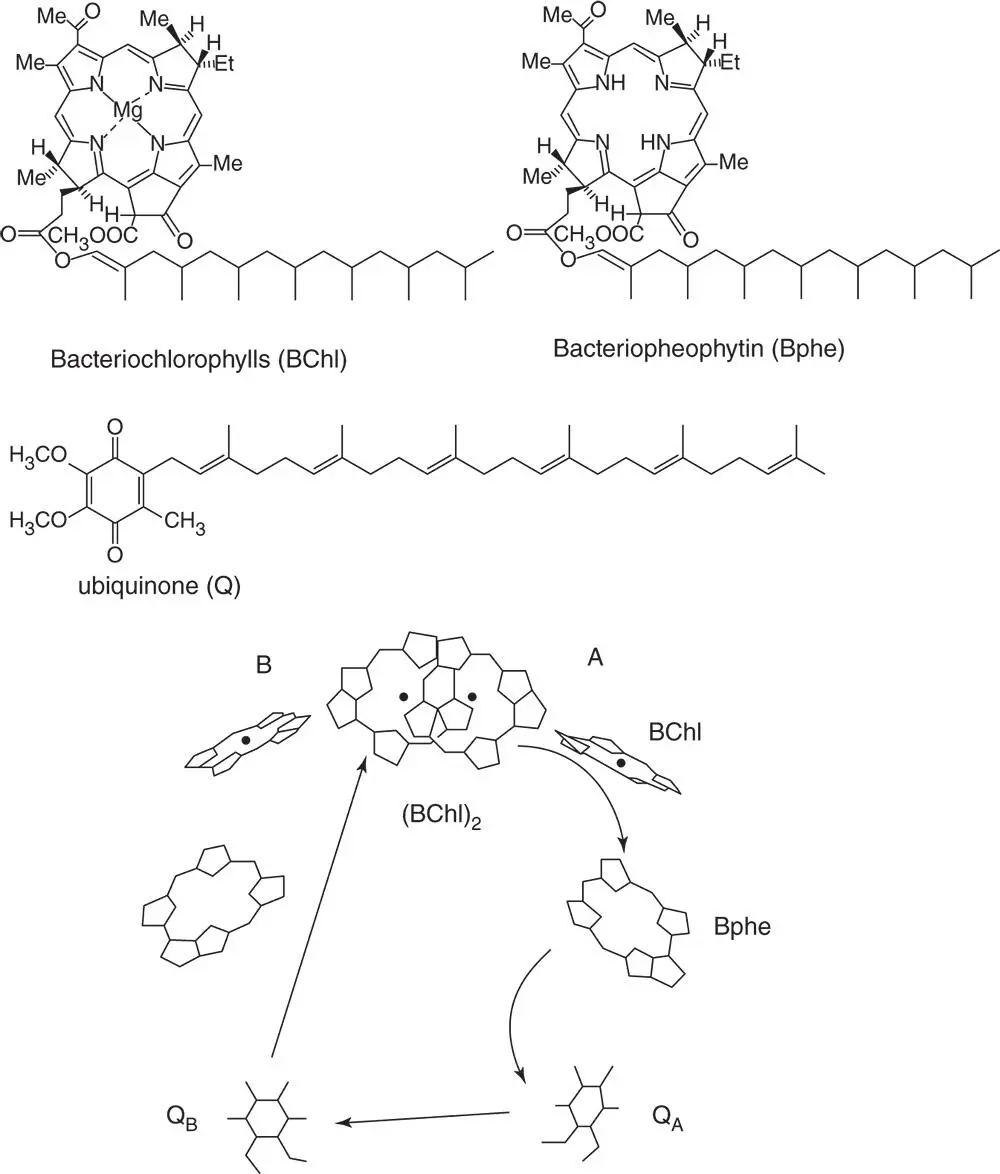
Figure 1.1Cofactors and structure of photosynthetic reaction center of purple bacteria.
As the reverse process of photosynthesis, in which the four‐electron oxidation of water is achieved by using solar energy, the highly exergonic four‐electron reduction of oxygen to water is essential to maintain the life of an aerobic organism by respiration [16–18]. Cytochrome c oxidases (C c Os) catalyze efficiently the reduction of molecular oxygen to water by the soluble electron carrier, cytochrome c [16–18]. In both the four‐electron oxidation of water in photosynthesis and the four‐electron reduction of O 2in respiration, electron transfer is accompanied by proton transfer, which is referred to as proton‐coupled electron transfer (PCET) [19–24]. Metal ions also play important roles in controlling electron transfer in metal ion‐coupled electron transfer (MCET) [24–27].
This book describes mechanisms and applications of electron transfer inspired by electron‐transfer processes in photosynthesis and respiration. The first rational design of a variety of donor–acceptor covalently linked ensembles including dyads, triads, tetrads, and pentads is described based on the Marcus theory of electron transfer, enabling to mimic the energy‐transfer and electron‐transfer processes in the photosynthetic reaction center. A specific challenge involves construction of simple donor–acceptor dyads, which afford longer lived and higher energy charge separated (CS) states than the natural system. The photosynthetic reaction center model compounds can be applied as effective redox catalysts in various catalytic chemical transformations. Then, the fundamental concepts of PCET and MCET are discussed and they are applied to developing efficient catalysts for multi‐electron redox processes such as oxidation of water and reduction of dioxygen and carbon dioxide.
2 Marcus Theory of Electron Transfer
The dependence of rate constants of electron transfer on the driving force of electron transfer is well analyzed on the basis of the Franck–Condon principle (vide supra) by the Marcus theory of electron transfer, which provides basic principles to analyze the rate constant of electron transfer quantitatively [6]. According to the Marcus theory of electron transfer [6], the rate constant of nonadiabatic intramolecular electron transfer ( k ET) is given by Eq. (2.1):
( 2.1) 
where V is the electronic coupling matrix element, h is the Planck constant, T is the absolute temperature, Δ G ETis the free energy change of electron transfer, and λ is the reorganization energy of electron transfer [6]. The Δ G ETvalues are determined from the one‐electron oxidation potentials ( E ox) of electron donors (D) and the one‐electron reduction potentials ( E red) of electron acceptors by Eq. (2.2):
( 2.2) 
where e is elementary charge. According to Eq. (2.1), the logarithm of the electron‐transfer rate constant (log k ET) is related parabolically to the driving force of electron transfer from electron donors to acceptors (−Δ G ET) and the reorganization energy ( λ ) of electron transfer, that is, the energy required to structurally reorganize the donor, acceptor, and their solvation spheres upon electron transfer [6].
Читать дальше
